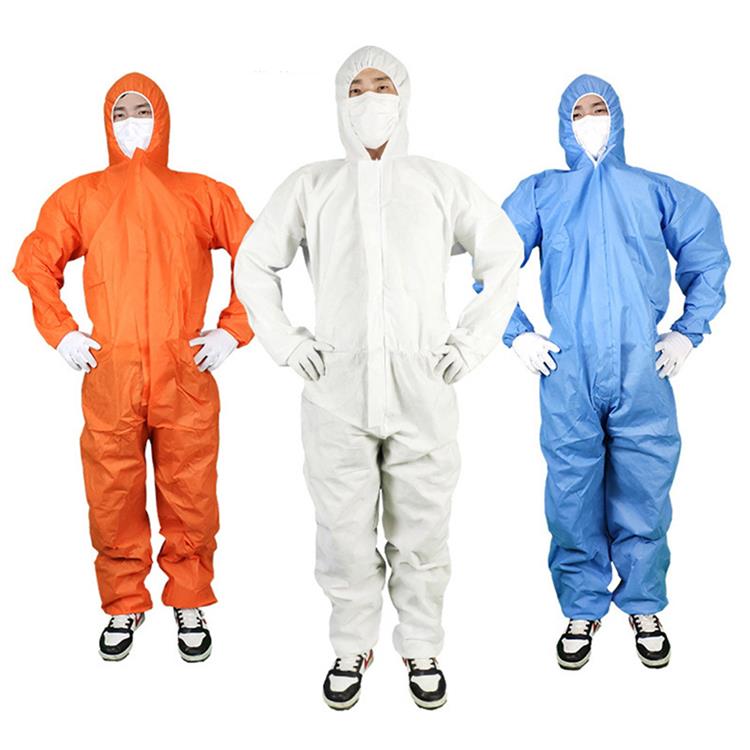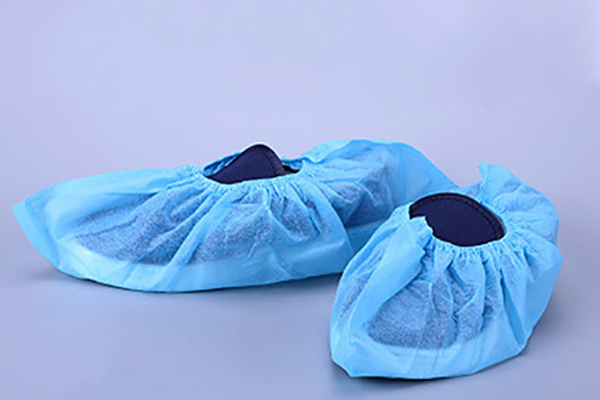In this article, we will explore seven essential facts about disposable protective coveralls. We aim to provide you with valuable insights that will aid in your decision-making process when it comes to purchasing the right protective clothing.
What Are Disposable Protective Coveralls?
Disposable protective coveralls are specialized garments designed to shield individuals from various hazards in specific work environments. These coveralls are a crucial component of Personal Protective Equipment (PPE) and find application in a wide array of fields, from healthcare and laboratories to industrial settings. They are engineered to provide comprehensive protection against contaminants, chemicals, biological agents, and other risks that workers might encounter during their tasks.
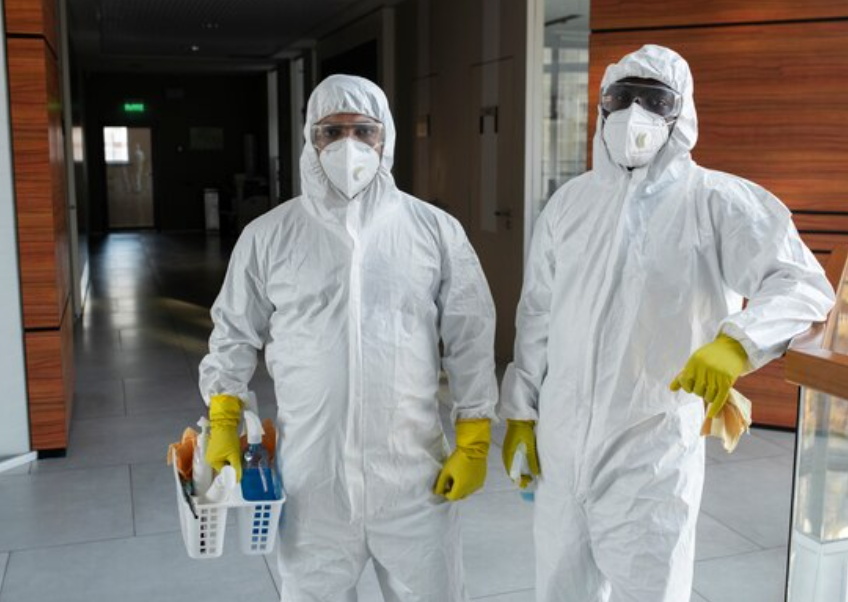
These coveralls are typically made from specialized materials that offer resistance to liquids, chemicals, and particulate matter. They are designed to cover the entire body, providing a barrier against substances that could harm the skin, eyes, or respiratory system. Additionally, many disposable coveralls feature unique designs to enhance wearer comfort, such as elastic cuffs, hoods, and adjustable closures.
4 Types Of Disposable Protective Clothing
In the realm of disposable protective coveralls, there are four primary materials to consider: Disposable SMS Protective Coveralls, Disposable PP Protective Coveralls, Disposable SF Protective Coveralls (PP+PE), and Chemical Protective Clothing. Each material type offers distinct features and applications, catering to specific protection needs.
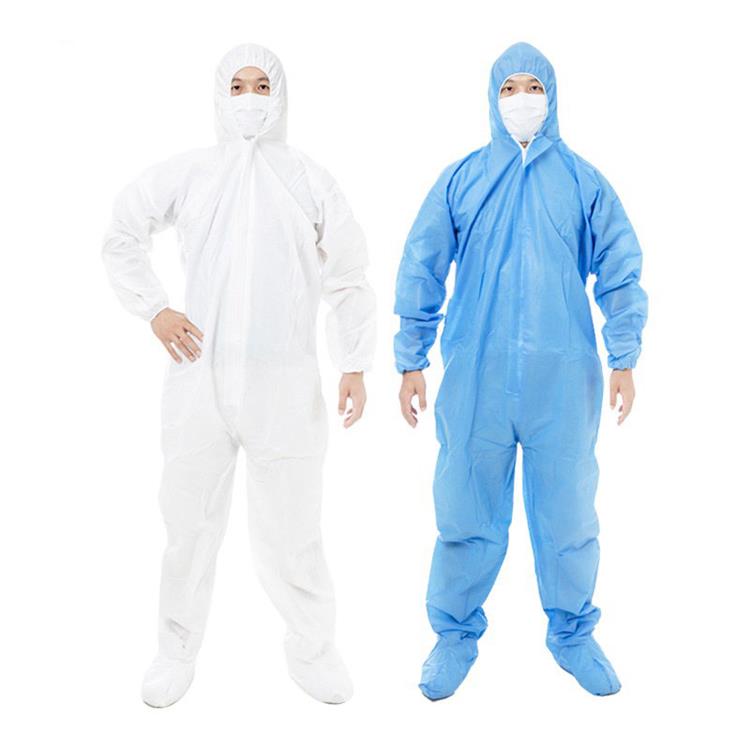
Disposable SMS Protective Coverall: Lightweight and Breathable
Disposable SMS Protective Coveralls are made from Spunbond, Meltblown, and Spunbond (SMS) material. They are lightweight, breathable, and provide excellent particle and liquid protection. These coveralls are commonly used in cleanrooms, laboratories, and medical settings due to their high level of comfort and protection against biological hazards.
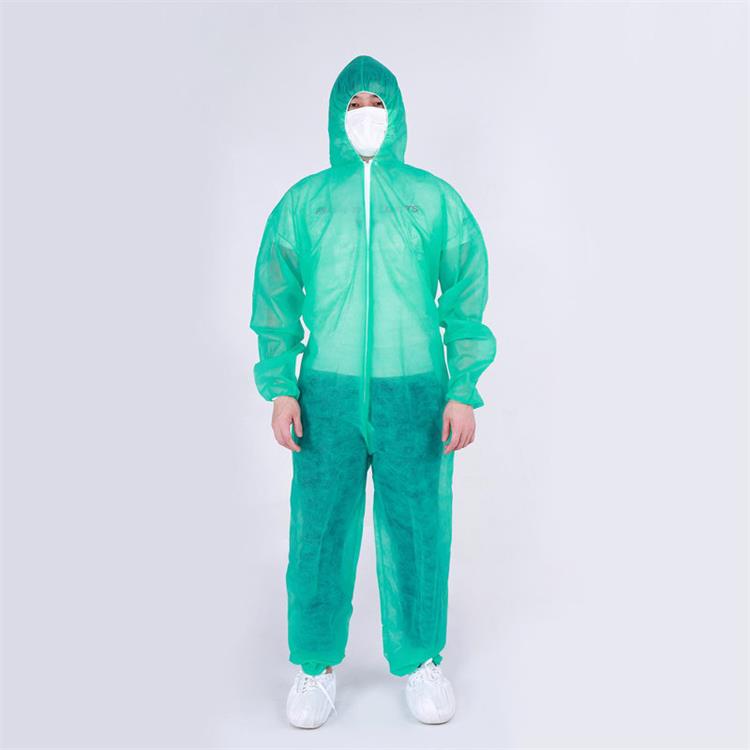
Disposable PP Protective Coverall: Cost-Effective Barrier
Disposable PP Protective Coveralls, crafted from Polypropylene (PP), are cost-effective options providing basic protection against dirt, dust, and certain non-hazardous liquids. They are widely used in non-hazardous environments such as food processing, industrial cleaning, and general maintenance due to their affordability and practicality.
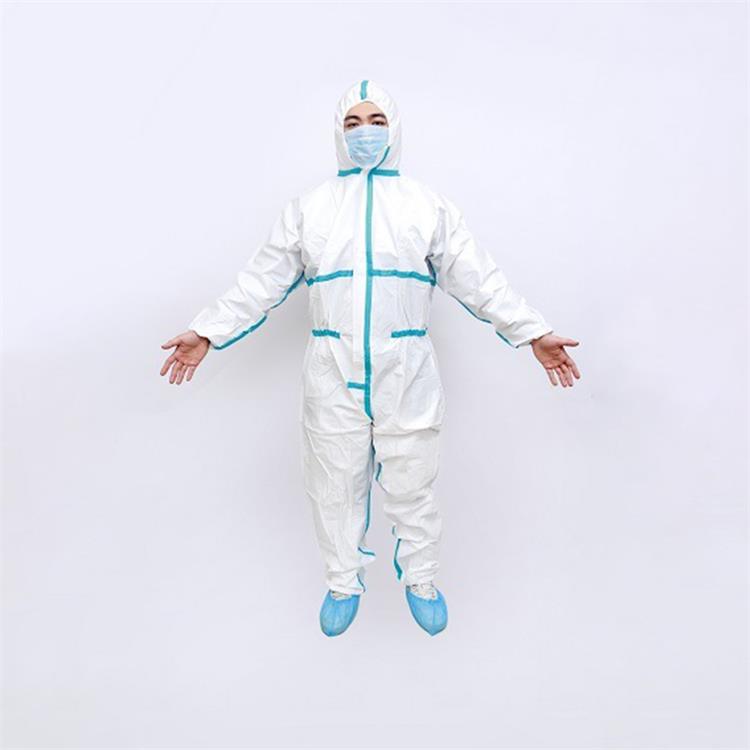
Disposable SF Protective Coverall (PP+PE): Enhanced Liquid Resistance
Disposable SF Protective Coveralls are constructed using a combination of Polypropylene (PP) and Polyethylene (PE), offering enhanced liquid resistance. These coveralls provide a higher level of protection against splashes and light chemical exposure. They find applications in laboratories, pharmaceutical industries, and chemical handling tasks where protection against liquid hazards is essential.
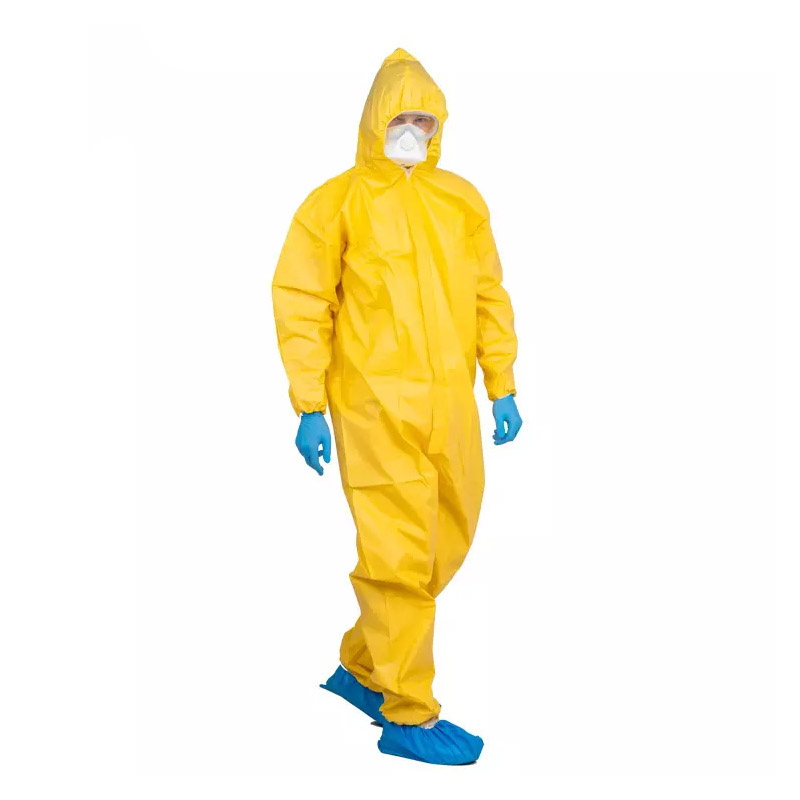
Chemical Protective Clothing: Shielding Against Hazardous Chemicals
Chemical Protective Clothing, made from specialized materials such as Tyvek or PVC, provides a robust barrier against hazardous chemicals, acids, and toxins. These coveralls are equipped with chemical resistance and are commonly used in industrial settings, emergency response teams, and chemical handling operations where exposure to harmful substances is a concern.
Standards and Performance of Disposable Medical Protective Coveralls
In the world of disposable medical protective coveralls, stringent standards are in place to ensure the safety and efficacy of these essential garments. These standards govern various aspects, from liquid resistance to microbial protection.
- Liquid Barrier Function: Defending Against Infiltration
One of the crucial aspects is the garment’s ability to repel liquids effectively. As per the Chinese national standard GB19082-2009, medical protective coveralls must exhibit resistance to water penetration, ensuring a static water pressure of no less than 1.67 kPa. Additionally, the coveralls must possess adequate breathability, with a water vapor transmission rate of not less than 2500g/(㎡*d).
- Blood and Pathogen Protection: Safeguarding Against Transmission
Standards like EN14126-2003 focus on the ability of protective coveralls to withstand penetration by blood, bodily fluids, and viruses. These coveralls are meticulously designed to protect healthcare professionals against potential exposure to infectious agents.
- Flame Resistance: Ensuring Safety in Emergency Situations
In the United States, medical protective coveralls adhere to NFPA 1999-2018 standards, emphasizing barrier performance. Flame resistance is a crucial aspect, ensuring that the garment does not catch fire easily and providing safety in emergency medical service operations.
- Antistatic Properties: Minimizing Static Risks
Medical protective coveralls should possess antistatic properties, with an electrostatic charge not exceeding 0.6μΜ per garment. This prevents the build-up of static electricity, crucial in environments where static discharge could pose a hazard.
- Microbial Standards: Upholding Sterility
Medical protective coveralls should comply with microbial standards outlined in GB15979-2002. Packaging marked with “sterile” or “aseptic” ensures that the coveralls are free from microbes, vital when considering their use in sterile environments.
Understanding these standards is essential when procuring disposable medical protective coveralls. Meeting these requirements guarantees that the garment provides the necessary protection against liquids, pathogens, and potential static risks, ensuring the safety of both wearers and patients.
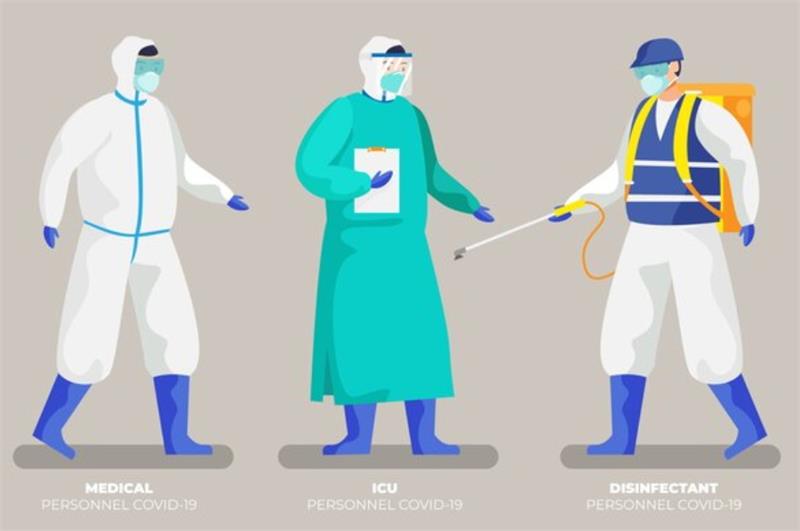
Tips for Testing Disposable Medical Protective Coveralls Samples
When it comes to selecting the right disposable medical protective coveralls, attention to detail is paramount. Here are some key considerations and tips to ensure you make an informed choice:
Appearance Matters:
Ensure the coveralls are dry, clean, and free from mold or stains. No defects such as scars or cracks should be present on the surface.
Check for secure stitching: Stitching should be reinforced with glue and have 8 to 14 stitches per 3 cm, ensuring uniformity and no skipped stitches.
Sealed edges: Areas with adhesive tapes must be tightly sealed. Zippers, if used, should be self-locking and not exposed.
Structural Integrity:
Coveralls typically consist of a hooded top and pants and can be one-piece or two-piece.
Ensure tight seals at joints. Elastic closures should be used at cuffs, ankles, and around the face, while waist closures can be elastic, drawstrings, or buckles.
Prioritize lightweight, breathable materials for comfort during wear.
Proper Usage:
Follow the specific requirements for wearing and removing protective coveralls in designated areas.
Practice proper hand hygiene before and after wearing or removing the coveralls.
Dispose of used coveralls in lidded medical waste bins for centralized handling.
Verify Compliance:
Ensure that the coveralls comply with national and international standards, including liquid resistance, microbial protection, and flame resistance.
Look for certifications or markings indicating adherence to industry standards.
Comfort and Fit:
Prioritize coveralls that offer a balance between protection and wearer comfort.
Consider coveralls with adjustable features such as hoods, cuffs, and waistbands for a customized fit.
Opt for materials that are both breathable and durable to enhance the wearer’s experience.
By paying attention to these factors, you can confidently choose disposable medical protective coveralls that not only meet the required safety standards but also provide wearers with the comfort and
protection they need in various healthcare settings.
What Are the Regulations Regarding the Use of Disposable Medical Protective Coveralls?
What Are the Regulations Regarding the Use of Disposable Medical Protective Coveralls?
The use of disposable medical protective coveralls is subject to stringent regulations and standards to ensure the safety and well-being of both wearers and those around them.
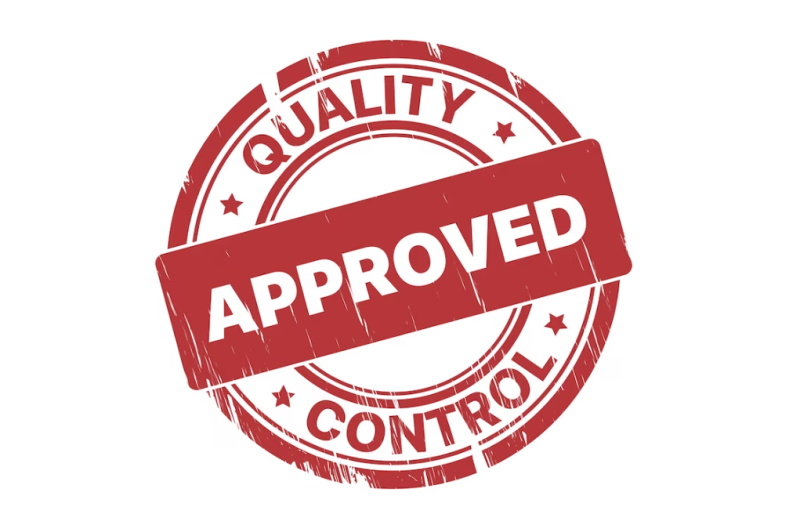
FDA Regulations (United States): In the United States, the Food and Drug Administration (FDA) regulates disposable medical protective coveralls under the category of Medical Devices. These coveralls must adhere to the FDA’s guidelines for safety, efficacy, and quality to be legally marketed and used in healthcare settings.
European Union Standards: In the European Union, disposable medical protective coveralls must comply with the European PPE Regulation (EU) 2016/425. This regulation establishes the essential health and safety requirements for PPE, ensuring that these coveralls provide adequate protection against the specific risks they are designed for.
ASTM Standards: ASTM International, a globally recognized standards organization, has established standards for protective clothing, including coveralls. Manufacturers often follow ASTM F2407-06(2013) and ASTM F1670/F1670M-17a standards to assess the resistance of materials used in medical coveralls against penetration by synthetic blood and other liquids.
ISO Standards: The International Organization for Standardization (ISO) has developed standards such as ISO 16603 and ISO 16604, which specify test methods to determine the resistance of materials to penetration by blood and body fluids. Coveralls meeting these standards ensure protection against biological hazards.
EN Standards: In Europe, coveralls are also regulated by specific EN standards, such as EN 14126, which addresses the performance requirements for protective clothing against infectious agents. Compliance with these standards ensures the coveralls’ effectiveness against biological hazards.
CDC Guidelines (United States): The Centers for Disease Control and Prevention (CDC) in the United States provides guidelines for the proper use and disposal of medical protective coveralls, especially during outbreaks or pandemics. These guidelines emphasize the importance of correct usage to prevent contamination and infection spread.
Manufacturer Specifications: Each manufacturer often provides specific instructions and guidelines for the proper use, storage, and disposal of their disposable medical protective coveralls. Following these guidelines is crucial to ensure the coveralls’ effectiveness and the safety of the wearer and others.
Adherence to these regulations and standards is paramount to guaranteeing the reliability and protective capabilities of disposable medical protective coveralls, making them essential components in ensuring the safety of healthcare professionals and patients alike.
Can Disposable Medical Protective Coveralls Be Customized?
Disposable medical protective coveralls can indeed be customized to meet specific requirements and preferences. Manufacturers understand that different workplaces and situations demand tailored solutions, and as such, they offer a variety of customization options to ensure the coveralls effectively address the wearer’s needs. Here are some common customization options available for disposable medical protective coveralls: customized to meet specific requirements and preferences.
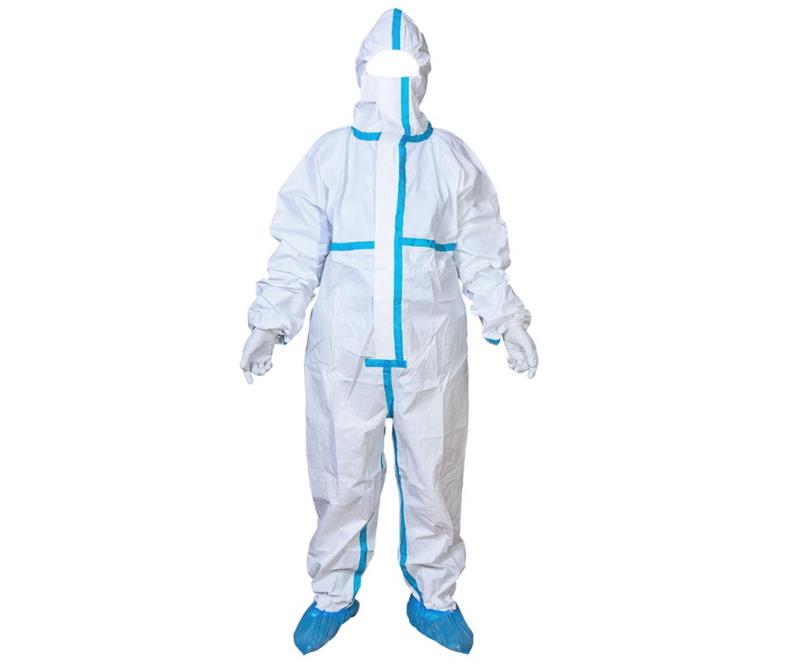
Colors: Coveralls can be customized in various colors, allowing for easy identification or adherence to specific workplace color codes. Common colors include white, blue, green, and yellow, among others.
Sizes: Coveralls are available in different sizes, ranging from S, M, XL, and L to extra-large, to accommodate various body types. Proper sizing is crucial for ensuring comfort and maximum protection.
Sleeve Length: Some coveralls come with long sleeves for full arm protection, while others feature short sleeves for increased breathability. The choice of sleeve length can be customized based on the wearer’s preference and the intended use.
Foot Configuration: Coveralls are available in both footed and non-footed designs. Footed coveralls offer complete coverage and are ideal for situations where full-body protection is necessary. Non-footed coveralls allow for the use of separate footwear.
Hooded or Non-Hooded: Coveralls can come with integrated hoods to provide additional head protection. However, non-hooded versions are also available, allowing wearers to use separate headgear if needed.
Closure Type: Coveralls feature various closure options, including zippers, adhesive strips, or snaps. The choice of closure type can be customized based on the wearer’s preference and the level of security required.
Material Composition: While disposable coveralls are typically made from polypropylene or similar materials, the specific composition can be customized for specialized applications. For instance, certain environments may require coveralls with enhanced resistance to chemicals or particulate matter.
Logo and Branding: In some cases, coveralls can be customized with logos or branding elements, especially for bulk orders used in specific industries or events. customized with logos or branding elements,
Buyers need to communicate their customization requirements clearly with the manufacturer or supplier. By understanding the specific needs of the wearer and the environment in which the coveralls will be used, customization ensures that the protective garment provides optimal comfort, functionality, and safety.
Where Can Customers Find Reliable Suppliers of Disposable Medical Protective Coveralls?
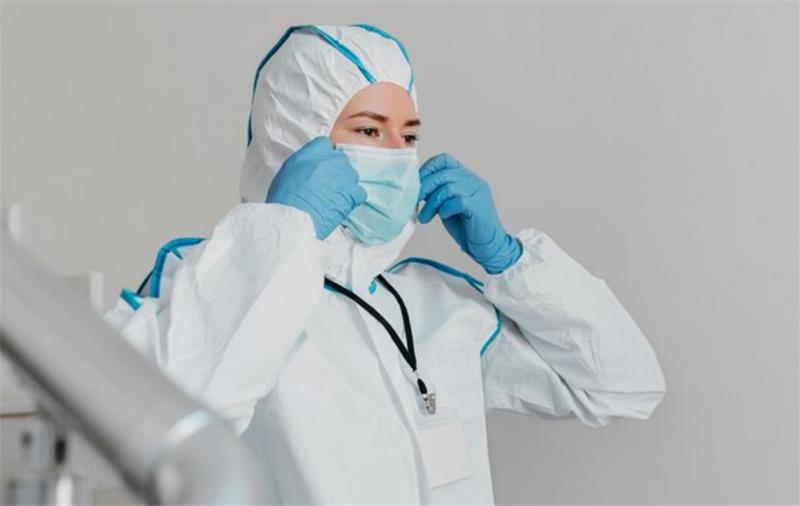
Finding reliable suppliers of disposable medical protective coveralls is essential to ensure the quality, compliance, and timely delivery of the products. Here are some trusted avenues where customers can find reputable suppliers:
China.com are popular
Online B2B Marketplaces: Websites like Alibaba(https://www.alibaba.com/), Global Sources(https://www.globalsources.com/), and Made-in-China.com (https://www.made-in-china.com/) are popular online platforms connecting buyers with PPE suppliers. These platforms allow customers to browse through a wide range of products, compare prices, and read reviews from other buyers.
Industry-Specific Trade Shows: Attending trade shows related to healthcare, safety, or industrial equipment provides an opportunity to meet suppliers in person. These events often feature numerous exhibitors, allowing customers to assess the quality of products and establish direct contact with manufacturers.
Local Medical Supply Stores: Many local medical supply stores or pharmacies stock disposable medical protective coveralls. Visiting these stores enables customers to inspect the products firsthand and seek recommendations from experienced staff.
Referrals and Recommendations: Seeking recommendations from colleagues, industry peers, or professional networks can lead customers to reliable suppliers. Personal referrals often come with firsthand experience and insights into the supplier’s reliability and product quality.
Certification Bodies: Checking with certification bodies such as the FDA in the United States or CE in Europe can provide lists of approved manufacturers and suppliers. Certifications indicate that the supplier’s products meet specific quality and safety standards.
Industry Associations: Associations related to healthcare, safety, or specific industries often maintain directories of trusted suppliers. Consulting these associations can help customers find suppliers catering to their specific needs.
Online Reviews and Forums: Online forums, review websites, and social media platforms can provide valuable feedback from other customers. Reading reviews and participating in relevant discussions can offer insights into the reputation and reliability of different suppliers.
Direct Inquiries: Contacting manufacturers directly through their official websites or customer service channels allows customers to inquire about product specifications, pricing, and bulk order options. Direct communication helps establish a clear understanding of the supplier’s capabilities.
Quality and Compliance Checks: Before finalizing a supplier, customers should conduct thorough checks on the supplier’s certifications, quality control processes, and compliance with regulatory standards. Ensuring that the supplier meets necessary quality benchmarks is crucial for reliable procurement.
Customers should approach the process of finding a supplier with diligence, verifying credentials, and seeking samples or product specifications whenever possible. By doing so, customers can establish partnerships with trustworthy suppliers, ensuring a steady and dependable supply of disposable medical protective coveralls

